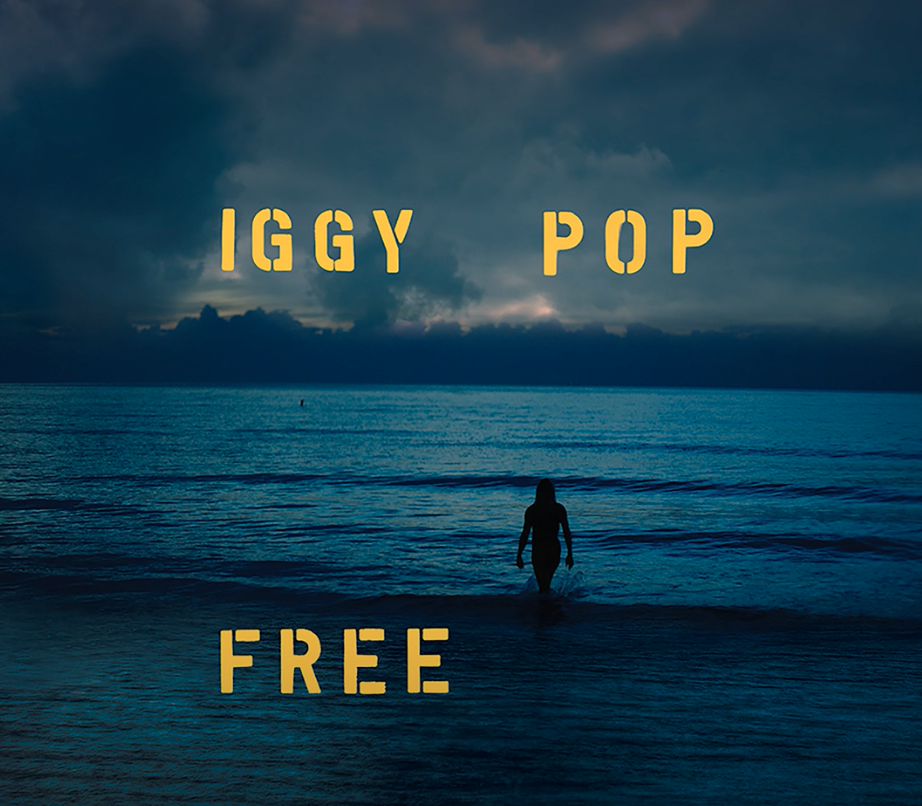Teach This Poem, though developed with a classroom in mind, can be easily adapted for remote-learning, hybrid-learning models, or in-person classes. Please see our suggestions for how to adapt this lesson for remote or blended learning. We have also noted suggestions when applicable and will continue to add to these suggestions online.

Listen to the video of Iggy Pop reading, “Do not go gentle into that good night.”
The following activities and questions are designed to help your students use their noticing skills to move through the poem and develop their thinking about its meaning with confidence, using what they’ve noticed as evidence for their interpretations. Read more about the framework upon which these activities are based.
- Warm-up: (free-write) Write two lines of text that rhyme. Use your imagination, as these can be about anything on your mind today. Share your lines with your classmates. After, turn these lines into your teacher. (Teachers, students will use these lines at the end of class.)
- Before Reading the Poem: Listen to one or both of these videos here and here. What do you notice? How would you describe the reader and the emotion of the reading? How do the readings differ from each other?
- Reading the Poem: Now, silently read the poem “Do not go gentle into that good night” by Dylan Thomas. What do you notice about the poem? Note any words or phrases that stand out to you or any questions you might have.
- Listening to the Poem: (Enlist two volunteers to read the poem aloud. Or, teachers your students might enjoy a choral reading of the poem or a reading where you assign students to read individual lines.) Listen as the poem is read aloud twice, and write down any additional words and phrases that stand out to you.
- Small-group Discussion: Share what you noticed about the poem with a small group of students. Based on the details you just shared with your small group and the resources from the beginning of class, how do the videos add to your understanding of the poem? What do you notice about the structure of the poem?
- Whole-class Discussion: What is the impact of the two repeated lines, “Do not go gentle into that good night” and “Rage, rage against the dying of the light?” (Teachers, you may want to ask students to free-write or draw what comes to mind when they hear those lines. Or, you might want to split students into two groups, with each group discussing one of the chosen lines. Then, share with the whole class.) In these lines, what might night and light represent? What inferences can you make about how the speaker feels about death? What is the tone of the poem? (Teachers, you might want to assign students one stanza to analyze the tone.)
- Extension for Grades 7-8: (Teachers, this might be a good time to introduce the term “villanelle.”) Using the lines that you created at the beginning of class, work with your teacher and classmates to write a class villanelle poem. If there is time, extend your learning by writing a villanelle of your own. Be sure to pay attention to structure and form, while also being creative. How do your poems compare to “Do not go gentle into that good night?”
- Extension for Grades 9-12: Continue reading more villanelles. Choose one other villanelle to read and compare to “Do not go gentle into that good night.” Write an analytical response that compares and contrasts Thomas’s poem with your chosen poem.
“Thomas uttered defiance in the face of death: ‘Do not go gentle into that good night,’ is the opening line of his beloved villanelle for his father. Thomas, who was famous for his boozing and drank himself to death, exemplified one type of modern poet: the performer, the activist, romantically self-destructive, a cult figure.” Read more of “High Talk: Influences from the British Isle.”
Villanelle: a highly structured poem made up of five tercets followed by a quatrain, with two repeating rhymes and two refrains. Read more.
